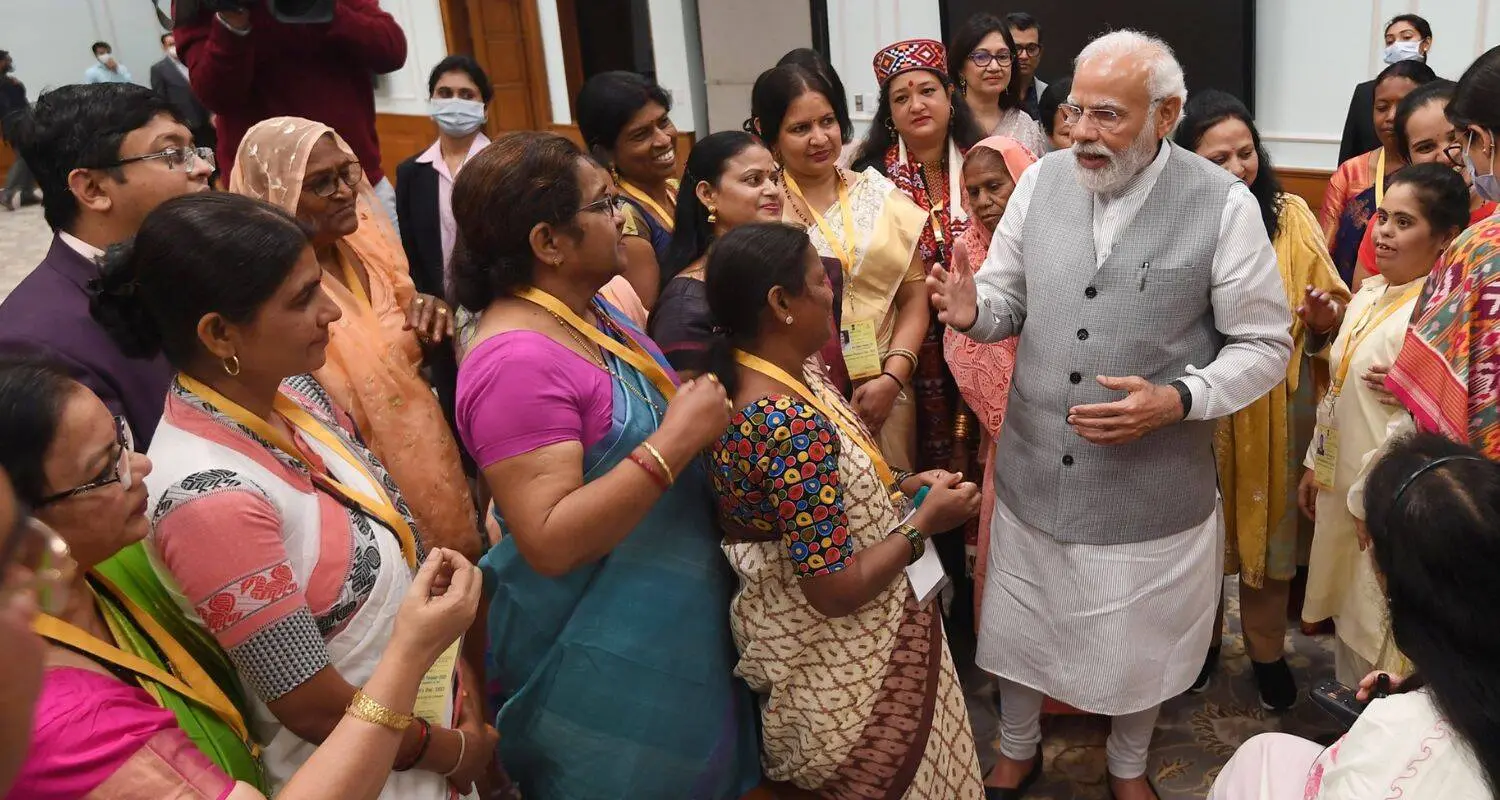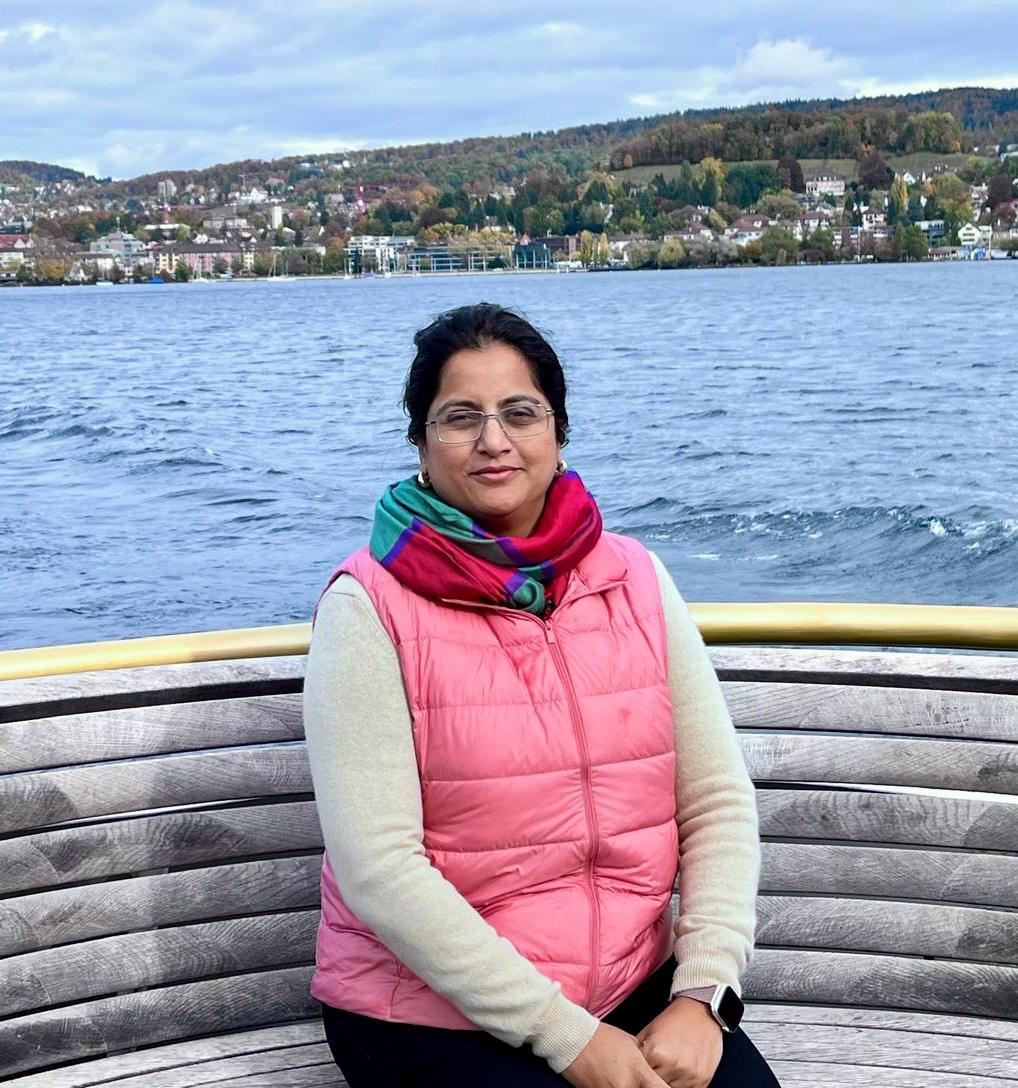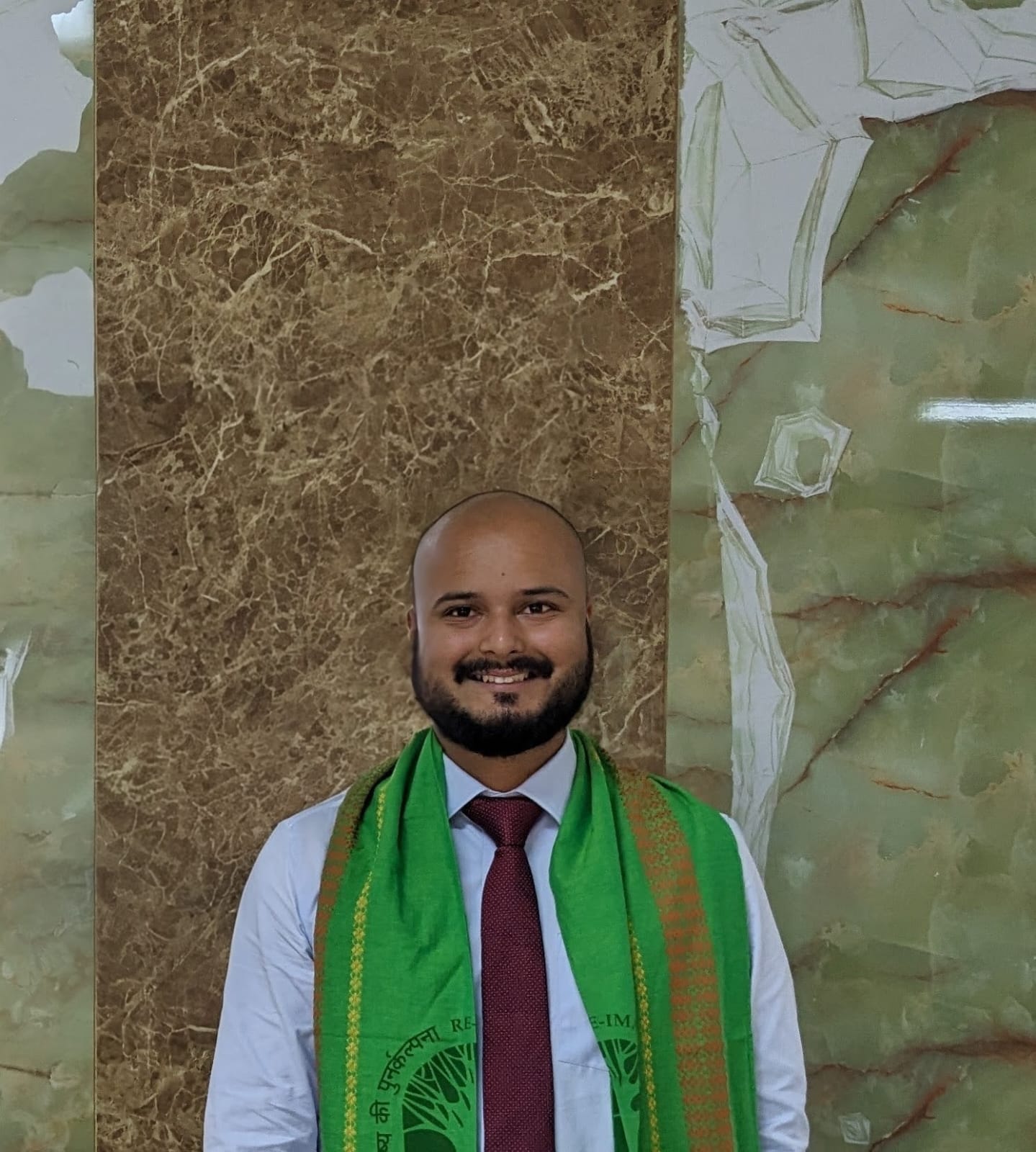The sun rises over a village in Madhya Pradesh, where 17-year-old Laxmi prepares for her college entrance exam. A generation ago, her mother was married at 15 and never finished school. This change isn’t an isolated story but reflects a sweeping transformation across India, credited mainly to the initiatives launched by Prime Minister Narendra Modi’s government since 2014. India worships the goddess Saraswati, the deity of knowledge, yet pre-2014, millions of girls were denied access or had limited access to various opportunities. Our cultural heritage celebrates powerful women from Maa Durga to Rani Laxmi Bai, but modern women faced barriers at every turn.
This became the driving force behind the Modi administration’s approach to women’s empowerment. The turning point came with fundamental changes in women’s everyday lives. The Pradhan Mantri Awas Yojana has provided housing with nearly 70% of homes registered in women’s names, offering them unprecedented social security and safety. As a result, home ownership among women has increased since 2014. The Ujjwala Yojana has freed millions of young girls who once accompanied their mothers to collect firewood, as LPG penetration in rural households has risen from 49% in 2014 to 95.5% in 2023. This has allowed them more time for education. The Jal Jeevan Mission has eliminated the need for women and girls to walk long distances for water, reducing their daily burden by an estimated 4-5 hours, with tap water coverage in rural India increasing from merely 17% in 2019 to 75% in 2023. Similarly, the Swachh Bharat Mission has restored dignity for women by providing improved sanitation facilities and reducing open defecation in rural India.
Building on this foundation of basic necessities, the Hon’ble Prime Minister launched the ‘Beti Bachao, Beti Padhao’ campaign from Panipat, Haryana, in January 2015. It wasn’t just a slogan but the cornerstone of a comprehensive strategy. Since then, over 7 lakh girls from marginalized communities have enrolled in over 5,000 Kasturba Gandhi Balika Vidyalayas nationwide. Education is more than just a right; it is a pathway to opportunities, and it is reaching women across the nation. With obstacles being removed, women are excelling in higher education. Female PhD enrollment has doubled in the last decade, and women now constitute 42% of the total enrollment in STEM (Science, Technology, Engineering, and Mathematics). India now ranks among the top five countries for female representation in STEM education, outperforming many global nations and nearly approaching parity with global leaders like Singapore (48%) and Malaysia (47%).
Education and political representation are steadily converging into a remarkable story of women’s empowerment under the leadership of PM Modi. The Pragati scholarship for technical education benefits over 5,000 girls each year. The Udaan initiative has helped girls from rural areas crack engineering and medical entrance exams. The Knowledge Involvement in Research Advancement through Nurturing (KIRAN) scheme supports women scientists, while the Gender Advancement for Transforming Institutions (GATI) promotes gender equity in scientific and technological institutions. The PM Daksh scheme has trained women in over 50 professional skills, while the Mahila e-haat online platform connects women entrepreneurs directly to markets.
The vision extends beyond education; despite 75 years of independence, women’s representation in the Parliament has been below 15%. A breakthrough came in 2023 when, after decades of political deadlock, the Modi-led government successfully passed the Women’s Reservation Bill, ensuring 33% representation for women in Lok Sabha and State Assemblies. Women-led development is not just a slogan; it is the driving force behind PM Modi’s vision of Viksit Bharat. The Prime Minister’s cabinet choices reflected his direction long before the Women’s Reservation Bill was introduced. Under the present leadership, women have headed critical ministries, such as Finance, Defence, and External Affairs. This commitment to women’s leadership is also extended to the highest office in the country, with the Hon’ble President Draupadi Murmu becoming the first tribal woman to hold this position. Similarly, Delhi has recently seen women’s leadership thrive, with Smt. Rekha Gupta was appointed the Chief Minister, illustrating the Prime Minister’s vision of women in top decision-making roles.
‘Like Dust I Rise’ is what Maya Angelou wrote, capturing the spirit of Indian women in 2025. As we commemorated International Women’s Day, this phrase resonated more powerfully than ever, symbolizing the transformative journey from forgotten shadows to national strength. The girl child, once unwelcome, is now celebrated. Women, who were once confined within household walls, now lead the nation. The mother, who was once denied education, now sees her daughter’s dream of becoming a leader taking shape in the new Modi era. Women are rising towards their dreams, and the nation is rising with them towards a Viksit Bharat. From ancient scriptures to modern India, women have always powered economic and social advancements. Through systematic interventions by the Modi government, they have found a new pathway to advance, break barriers and establish new paradigms of achievement, defining India’s future on the global stage. This International Women’s Day stood as a testament to resilience, a day that not only honored the struggles of the past but also celebrated the unprecedented potential of women shaping India’s destiny, emerging from the shadows of historical marginalization to become the luminous architects of a stronger, more inclusive nation.
The views and opinions expressed here belong solely to the author and do not reflect the views of BlueKraft Digital Foundation.







